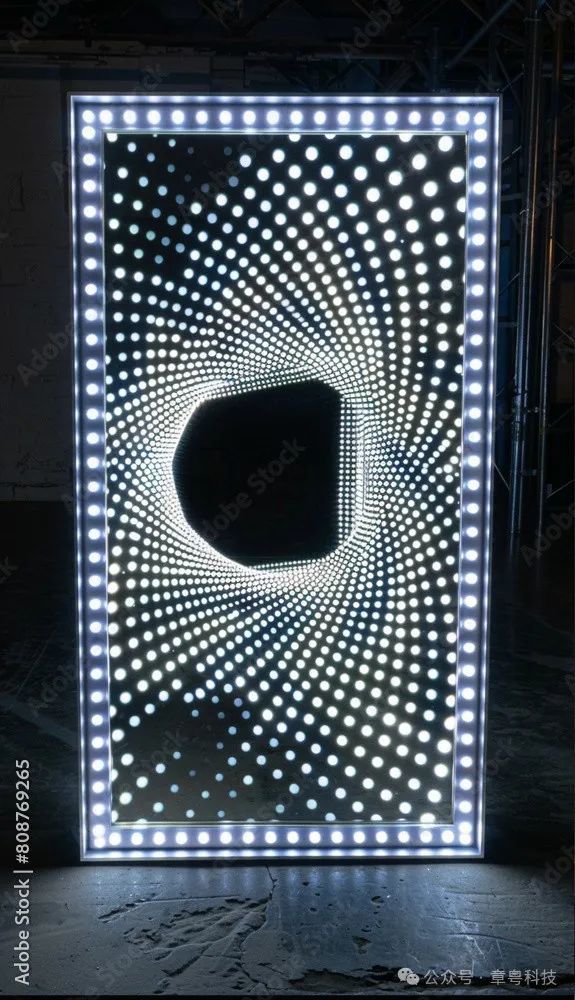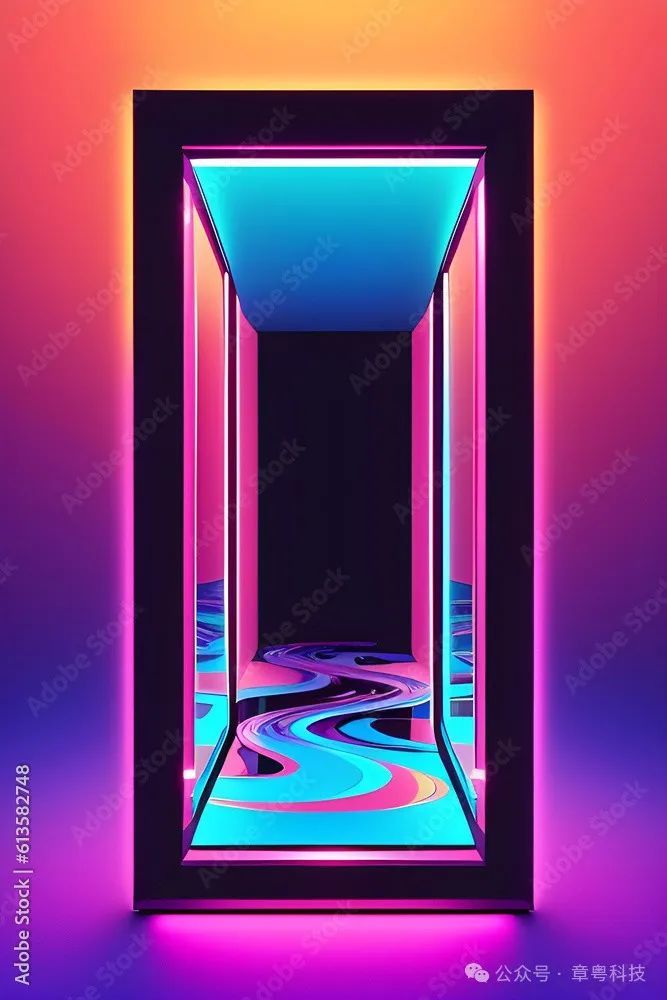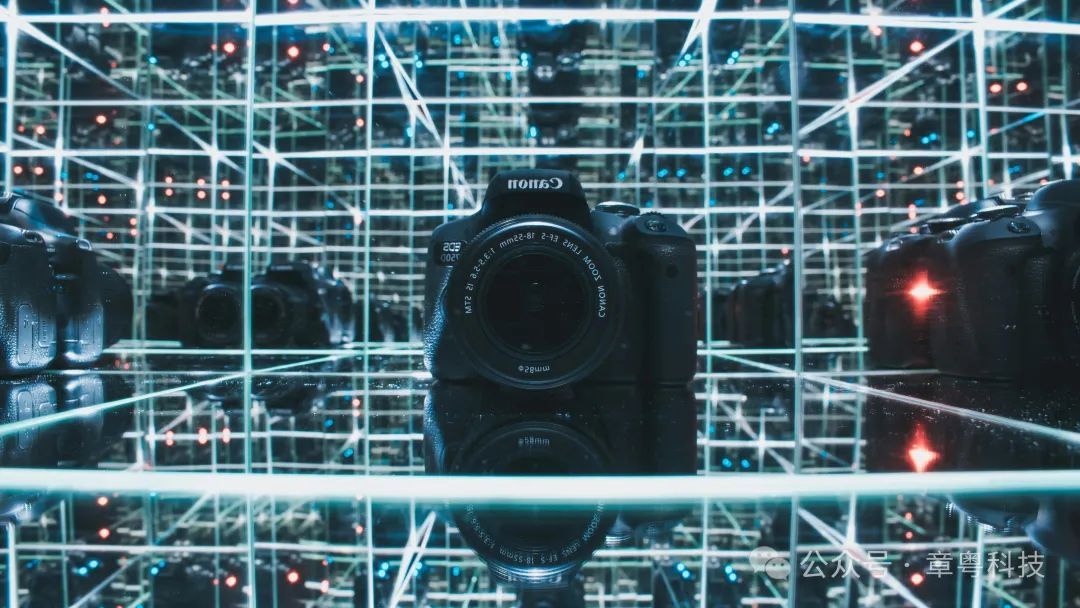Infinity Mirror: Reflecting and Perceiving the World
Apr 24,2025
The Infinite Mirror is a fascinating optical illusion that captivates the imagination and challenges our understanding of space and perception. By leveraging the principles of reflection and light, the Infinite Mirror creates the illusion of an endless tunnel, with an infinite number of reflections that seemingly stretch into eternity. This illusion is not only an aesthetic experience but also a powerful tool used across various fields, from art and design to architecture and technology.
- The Concept Behind the Infinite Mirror
At its most basic level, the Infinite Mirror is created by placing two mirrors opposite each other, allowing light to bounce back and forth between them. Each reflection becomes progressively smaller, creating the illusion of an infinite series of reflections. To enhance the effect, modern Infinite Mirrors often incorporate lighting systems, such as LED strips or neon lights, which illuminate the reflections and add depth to the visual experience. The more the mirrors are aligned and the light is carefully controlled, the more pronounced the illusion becomes.
This optical phenomenon draws from the law of reflection in physics, where light bounces off surfaces at equal angles. When two mirrors are placed facing each other, they reflect each other's image repeatedly, which creates the appearance of an endless loop. The result is a visual experience that engages the viewer, evoking feelings of infinite depth, eternity, and sometimes, even mystery.
- The Science of Reflection: How Does It Work?
The principle behind the Infinite Mirror is rooted in basic optical science. Light travels in straight lines, and when it encounters a reflective surface, it bounces off in a predictable direction. In an Infinite Mirror setup, two mirrors are positioned directly opposite one another, and light is allowed to bounce back and forth between them. Each time the light bounces, it forms a smaller, fainter image of the original, which gives the illusion of an infinite series of reflections.
The effectiveness of the Infinite Mirror effect is enhanced by careful control of the light intensity and the spacing between the mirrors. The addition of LED lights or other forms of illumination helps create a more dramatic effect, as the light enhances the diminishing reflections, making them appear more vibrant and infinite. This is why the effect is often used in places where creating a sense of depth and vastness is key, such as in modern art installations, commercial spaces, or creative design projects.
- Applications of the Infinite Mirror in Art and Design
While the Infinite Mirror is most commonly recognized for its aesthetic appeal, its uses span across several industries, each leveraging the optical illusion in different ways.

1. Art Installations and Interactive Exhibits
The Infinite Mirror has become a popular tool in contemporary art. Many artists have used it to explore themes such as eternity, self-reflection, and infinity. It is often combined with lighting and digital effects to create immersive installations that engage audiences both visually and mentally. The famous artist Yayoi Kusama is well-known for incorporating Infinite Mirrors into her installations, where viewers can step inside and experience an environment that seems to extend endlessly in all directions.
Interactive art pieces, such as those that invite the viewer to step inside the mirror setup, are increasingly popular in modern galleries and museums. These installations encourage contemplation about space, perception, and the nature of reality. The Infinite Mirror's ability to create a deeply immersive and reflective environment makes it a powerful medium for artistic expression.

2. Architectural Design
Architects and interior designers use the Infinite Mirror effect to create visually expansive environments, especially in spaces that may otherwise feel confined or limited. The illusion of infinite depth can make a room appear larger than it is, or give the impression of a boundless, continuous space. This effect is particularly effective in high-end residential designs, retail spaces, or commercial installations. In luxury interior design, the Infinite Mirror can be incorporated into walls, ceilings, or floors to enhance the feeling of openness and depth. It is often used in combination with other materials, such as glass, polished metals, and light fixtures, to create a modern and dynamic aesthetic.

3. Technology application and product design
Beyond art and architecture, the Infinite Mirror has found applications in the field of technology. It has been utilized in the design of certain types of visual displays, where creating a sense of infinite space or multiple reflections can be crucial. For example, augmented reality (AR) or virtual reality (VR) setups may use mirrors to create immersive, 360-degree environments, giving users the feeling of entering a world that has no boundaries.
The Infinite Mirror also appears in product design, where it is used to create unique, interactive experiences. Companies in sectors like retail and consumer electronics use this effect to design products or displays that stand out and draw attention. It can be used to enhance the presentation of products, as in high-end display cases or exhibit showcases, where the visual depth and endless reflections can create a captivating presentation
The Psychological and Aesthetic Appeal of the Infinite Mirror
On a psychological level, the Infinite Mirror taps into human fascination with infinity and the unknown. The concept of something without end – whether it’s a tunnel, a series of reflections, or a repeating pattern appeals to our sense of wonder and curiosity. The endless reflections represent possibilities without limit, and they evoke a feeling of both awe and contemplation.
Aesthetically, the Infinite Mirror offers a unique combination of simplicity and complexity. While the principle behind the mirror is relatively simple, the resulting effect can be mind-boggling. It plays with the viewer’s perception of space, making the boundaries of a room or a space seem irrelevant. The interplay of light, reflection, and space invites both a sensory and intellectual engagement with the artwork or design.

The Infinite Mirror is not just an optical illusion; it is a reflection of our fascination with depth, eternity, and the unseen. By manipulating light, reflection, and space, it creates an experience that is as visually striking as it is thought-provoking. Whether used in art, architecture, or technology, the Infinite Mirror continues to captivate people’s imaginations and has cemented its place as one of the most intriguing visual phenomena in contemporary design.
Contact Us
E-mail :
Phone/Wechat:
Add.:
Room 301, Building 1, No. 1 Hehe Street, Juzhou, Shijie Town, Dongguan City, Guangdong Province, China

